The Cut and the Taste

For all major foods that end up on our tables, both the geometry of the cut and the quality of the cut are important:
- Cheese cutting: a cheese during aging changes its taste due to the action of oxidation and bacteria acting from the outside to the inside, giving the cheese paste a more intense flavor near the rind and a more delicate flavor in the farther parts. It is therefore necessary to serve each diner portions of cheese that contain every gradation of these flavors. The classic slice that goes from the center to the outside of the wheel well fits this need. If we were to make subcuts of a slice we should be careful to preserve in each piece of cheese parts with the most intense flavor and parts with the most delicate flavor.
- The cut of the Florentine steak: nowadays it is fashionable to serve the “Tagliata” (sliced steak), but it is a clumsy way of serving it because steak also has very different flavors from area to area depending on whether it comes from a part close to the bone or from a part far away, whether it is the tenderloin or the sirloin. So, again, one must execute the cut in a non-random manner, trying to get the full range of flavors into each dish. In addition, serving the sliced steak, producing thin slices tends to make what is served cool quickly, greatly reducing the taste of the precious dish.
- Cutting vegetables: one has to be careful when cutting. Thin and very sharp knives are needed, because clumsy cutting or cutting with unsuitable tools produces a fraying of the fibers of the vegetable we are cutting, with loss of those juices that constitute its flavor and nutrition.
- Cutting fish: this is one of the most delicate foods to cut because it has a very delicate texture, both when cooked and when raw, and if we do not have very sharp knives we will end up presenting a sort of mush to our diners, who will not be able to savor it at its best. Again clumsy cuts cause the precious juices of the food to be lost.
In choosing a knife, one cannot ignore the fact that, like any other human artifact, the knife is characterized by both its functional and its aesthetic and intangible qualities:
- Functional qualities are certainly the knife’s cutting capacity and durability and are now a solved technical problem. There are many knives that cut well, even industrially produced ones, as long as one avoids too cheap purchases that always correspond to products of very poor quality.
- On the other hand, when we speak of aesthetic or intangible qualities, we must literally mean “qualities perceived through a mediation in meaning.” Today, at least in Western civilization, we have become detached from the need for food and are obsessed with consuming less and higher quality. This attitude has seen the gradual rise of an aestheticization of food itself, both in the way it is presented and in the way it is talked about. Sometimes, perhaps even excessively, we see the preparation of dishes that are so beautiful that make us feel regretful we’re eating them: built precisely to be consumed with the mediation of all the senses. Precisely in this situation of great attention to what is brought to the table, the food and the plate containing it, the glass, the tablecloth, etc. (by now no one would want good wine in an unbreakable glass from the 1970s), it seems that knives should not participate in this new trend. Nothing could be more wrong: even knives have their aesthetic and intangible values. Over the course of the next few articles we will address these aspects as well.


